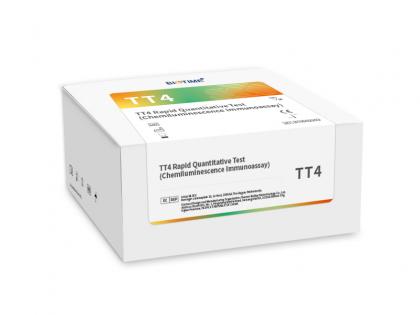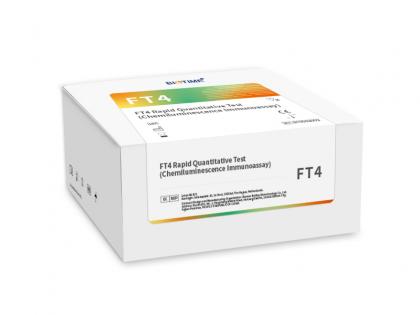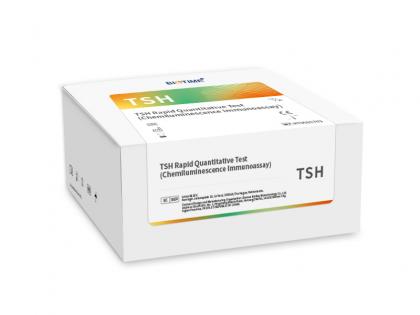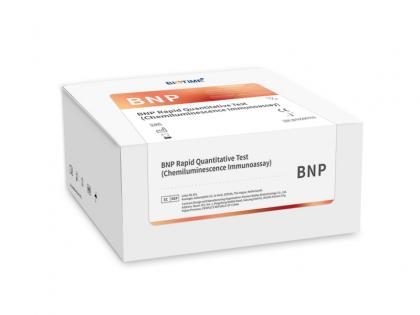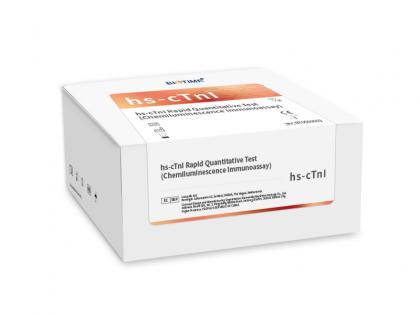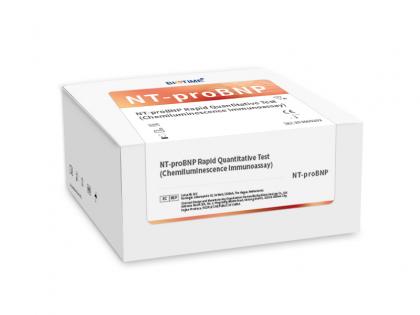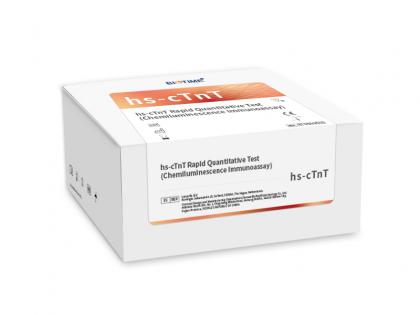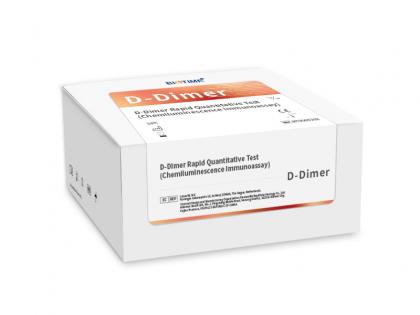What is HPLC?
High-performance liquid chromatography (HPLC) is an analytical technique to separate, identify, and quantify components in a mixture. It is the single biggest chromatography technique essential to most laboratories worldwide. (Chemistryviews, 2021)
How Does HPLC Work?
The components of a basic high-performance liquid chromatography [HPLC] system are shown in the simple diagram below.
Rather by allowing a solvent to drop under gravity via a column, it is forced at high pressure using an HPLC pump, which makes it a very rapid and highly precise method. (Patil, 2021) The solvent used to separate components in a liquid sample for HPLC analysis is called the mobile phase. The mobile phase is delivered to a separation column, otherwise known as the stationary phase, and then to the detector at a stable flow rate controlled by the solvent delivery pump. A certain amount of sample is injected into the column and the compounds contained in the sample are separated. The compounds separated in the column are detected by a detector downstream of the column and each compound is identified and quantified. (Chemistryviews, 2021)
Types of HPLC
Depend on the stationary phase in the method there are four types of HPLC
Reversed-phase HPLC:
Reversed-phase HPLC:
RP-HPLC is a chromatographic technique in which the mobile phase is polar, aqueous, and the stationary phase is non-polar (hydrophobic). The particles in the reversed-phase column are usually coated with carbon chains, for example, C8/C18. Among all types of HPLC methods, we use around 70% of this process due to its wide applicability and reproducibility. (Patil, 2021)
Normal phase HPLC:
NP-HPLC is the classical form of chromatography; in contrast to reversed-phase chromatography, it uses the non-polar mobile phase and polar stationary phase (hydrophilic). (Patil, 2021)
Size-exclusion HPLC:
Size exclusion or gel-filtration chromatography requires porous stationary particles, trapping smaller size particles within, and allowing bigger size molecules to move more rapidly. (Patil, 2021)
Ion-exchange HPLC:
It is a separate mechanism that allows hemoglobin species (HbA1c and HbA0) to be separated based on the difference in isoelectric point, by employing differences in ionic interactions between the hemoglobin in the blood sample and the cation exchange groups on the column resin surface. (Patil, 2021)
The Gold Standard
HPLC is a mature technology with a multitude of applications. Early researches have already discovered its use in diabetes screening, moreover, High performance liquid chromatographic (HPLC) method is considered as the “gold standard method” for the measurement of HbA1c. (Khan, Rokshana and Muhammad, 2012)
Like the statement made by a research team: “HbA1c can be measured by immunological method installed in an automated chemistry analyzer to make the test cost-effective. But HPLC method is preferable.” (Khan, Rokshana and Muhammad, 2012)
Biotime’s Commitment And Offer
Untreated diabetes leads to micro and macrovascular complications. Nephropathy, neuropathy, retinopathy, and cardiovascular diseases (heart attack and stroke) are described. (Eeaglebio, 2021)
We know the devastating cost diabetes will make to a person and a family and that’s why Biotime people are working diligently to make the organization more responsive and accountable to the matter.
The DPP study (Diabetes Prevention Program of the American Diabetes Association) documented that the occurrence of type 2 diabetes can be prevented or significantly retarded with lifestyle changes and by treatment with antidiabetic drugs.
Many studies mentioned the importance of continuous monitoring of the blood glucose level and hemoglobin A1c. Hemoglobin is glycosylated by a non-enzymatic reaction depending on the amount of glucose in the blood. It reflects the average blood glucose level over a prolonged period (1-3 months). (Eeaglebio, 2021)
Biotime HLC-100 HPLC Analyzer employs ion-exchange chromatography. Ion-exchange HPLC is widely recognized as the gold standard for HbA1c measurement. The HLC-100 HbA1c Analyzer makes it possible to determine HbA1c in an easy, fast, and precise way. Based on the HPLC principle, highly accurate results for HbA1c are made available within 2 minutes. The Assay Kit includes all reagents in ready to use the form for preparation and separation of the samples with the controls available at your request.
I hope the above is helpful for you, remember to check out our website www.xiamenbiotime.com for further information. And if we can be of assistance, please don’t hesitate to contact us.
Email: baotai@biotime.cn
References
Chemistryviews.org. 2021. What is HPLC? :: Education :: ChemistryViews. [online] Available at:
Patil, M., 2021. Different types of HPLC chromatography. [online] Chrominfo.blogspot.com. Available at:
Khan, A., Rokshana, R. and Muhammad, S., 2012. Measurements of HbA1c by High Performance Liquid Chromatography in D-10 analyzer and Immunological Method by Beckman Coulter AU480 System: A Comparative Study. [ebook] Available at:
Eaglebio. 2021. [online] Available at:







